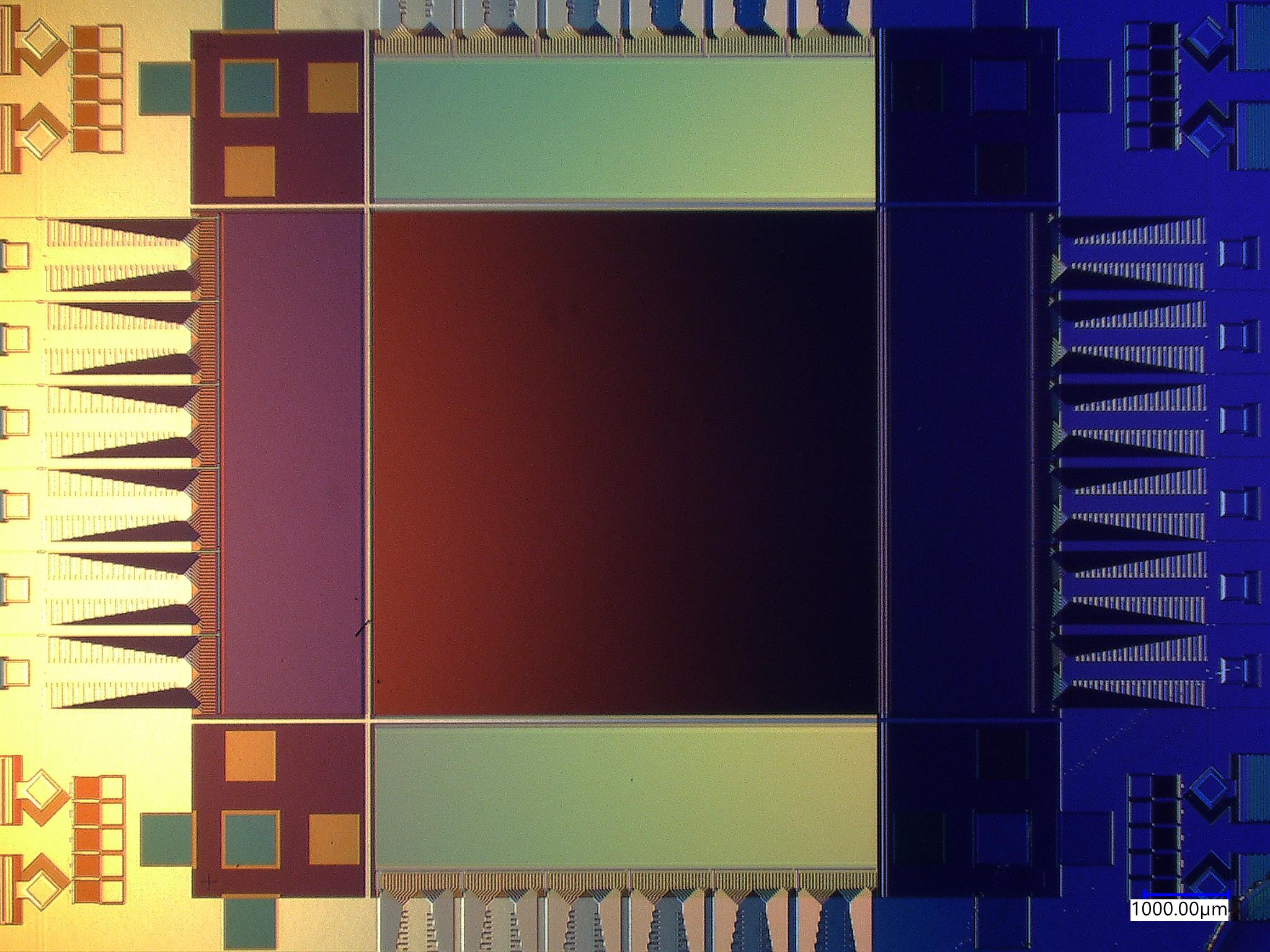Independent Testing
Independent testing provides the IV&V Program with the means to dynamically analyze safety and mission critical software in unique ways. Furthermore, these environments allow for the injection of software and hardware failures, in-depth analysis of critical software behaviors, and additional verification and validation that the software will work as expected.
Traditionally, flight software testing concentrates on analyzing intermediate products from the software development process. This analysis includes reviews, inspections, audits, and dataflow analysis. Another form of testing, known as static analysis, is the direct analysis of the form and structure of a product without executing it.
While this process gathers valuable data, static analysis ignores the final binary image loaded to the spacecraft hardware environment and its behavior in response to dynamic conditions. This can be addressed with another IV&V technique called dynamic analysis: testing (through execution or simulation) of a developed product to detect errors by analyzing the response of the product to sets of input data where the range of output is known.
JSTAR provides the IV&V team with the ability to run this kind of test through the creation of simulation environments, or test beds. The independent testing conducted by the IV&V Program is focused and risk-driven. It not only provides in-depth analysis of safety and mission critical software, but also supporting on-orbit anomaly investigations.
Independent Testing is planned or is occurring on most of the projects the NASA IV&V Program is involved in. Two examples of the types of testing that are supported by JSTAR include Risk Reduction Scenarios and Monte Carlo Simulation.

























